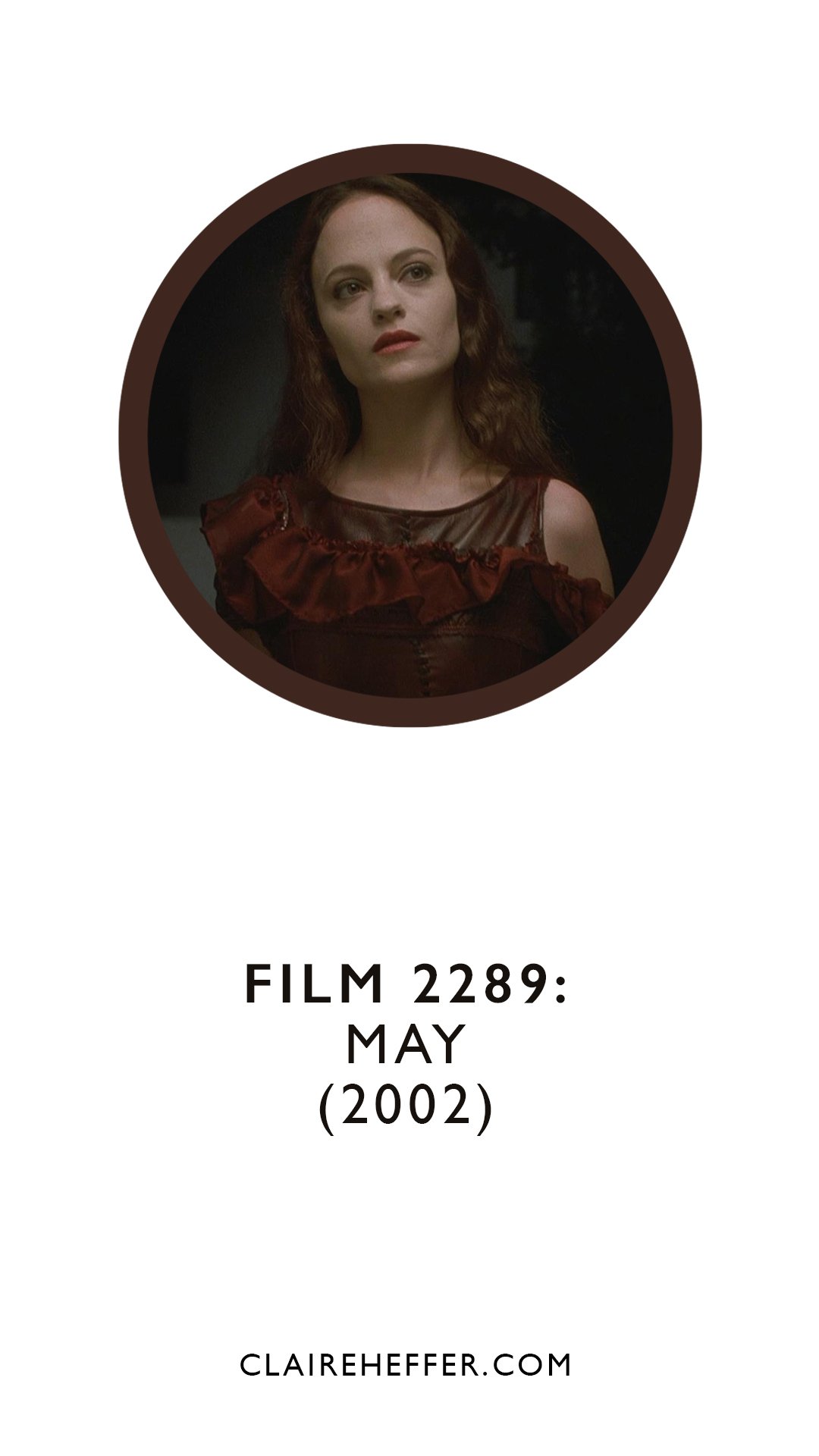FILM 2189: INTOLERANCE: LOVE'S STRUGGLE THROUGHOUT THE AGES (1916)
FILM 2189: INTOLERANCE: LOVE'S STRUGGLE THROUGHOUT THE AGES (1916)
TRIVIA: During filming of the battle sequences, many of the extras got so into their characters that they caused real injury to each other. At the end of one shooting day, a total of 60 injuries were treated at the production's hospital tent.
The Babylonian orgy sequence alone cost $200,000 when it was shot. That's nearly twice the overall budget of The Birth of a Nation (1915), another D.W. Griffith film and, at the time, the record holder for most expensive picture ever made.
During the late 1910s this film was a huge hit in the Soviet Union. However, D.W. Griffithnever realized any financial gain since the copies being shown were pirated, and distributed without his consent.
The inspiration for this film came from D.W. Griffith's surprise at the loud protests against his previous film, The Birth of a Nation (1915). In response to those attacks, he wanted to illustrate the problem with intolerance to other people's views.
Howard Gaye, an English actor who played Jesus Christ, got involved in a sex scandal involving a 14-year-old girl and was deported back to England. Because of the scandal, his name was removed from prints of the film at the time.
The massive life-size set of the Great Wall of Babylon, seen in the fourth story, was placed at the corner of Sunset Boulevard and Hollywood Boulevard (in Hollywood, California) when the movie was completed. It became a notable landmark for many years during Hollywood's golden era. It actually stood on the lot of the studio on Prospect Avenue near the Sunset & Hollywood Boulevard junctions in the eastern end of the city. It was the first such exterior set ever built in Hollywood. Falling into disrepair, it was eventually torn down. Years later, this same Babylon set was replicated as the central courtyard design for the new Hollywood & Highland complex in Hollywood, which opened in 2001.
The role of the second Pharisee is credited to Erich von Stroheim. However, von Stroheim did not play this role. D.W. Griffith decided to use von Stroheim's name as a pseudonym for actor William Courtright, who actually plays the role. This has caused much confusion over the years. Von Stroheim's only work on this film was as a production assistant for the Babylon sequences.
In 2007 The American Film Institute ranked this as the #49 Greatest Movie of All Time.
The staging and art direction of the Babylonian scenes were largely inspired by the works of 19th-century painter Lawrence Alma-Tadema.
The shot of Catherine de Medici (Josephine Crowell ) and her courtiers surveying the bodies of slain Huguenots is a direct reference to the iconic painting "One Morning at the Gates of the Louvre" by Édouard Debat-Ponsan.
Included among the "1001 Movies You Must See Before You Die", edited by Steven Schneider.
I’m making my way through the book "1001 Movies You Must See Before You Die", edited by Steven Schneider. See my blog post about my copy of the book here…
You can buy an updated version (which I will get after I’ve made my way through this edition) here…
I really hope you can come on this journey with me – if you do I’d love to know which films you’ve enjoyed the most!
Watch this here…

















